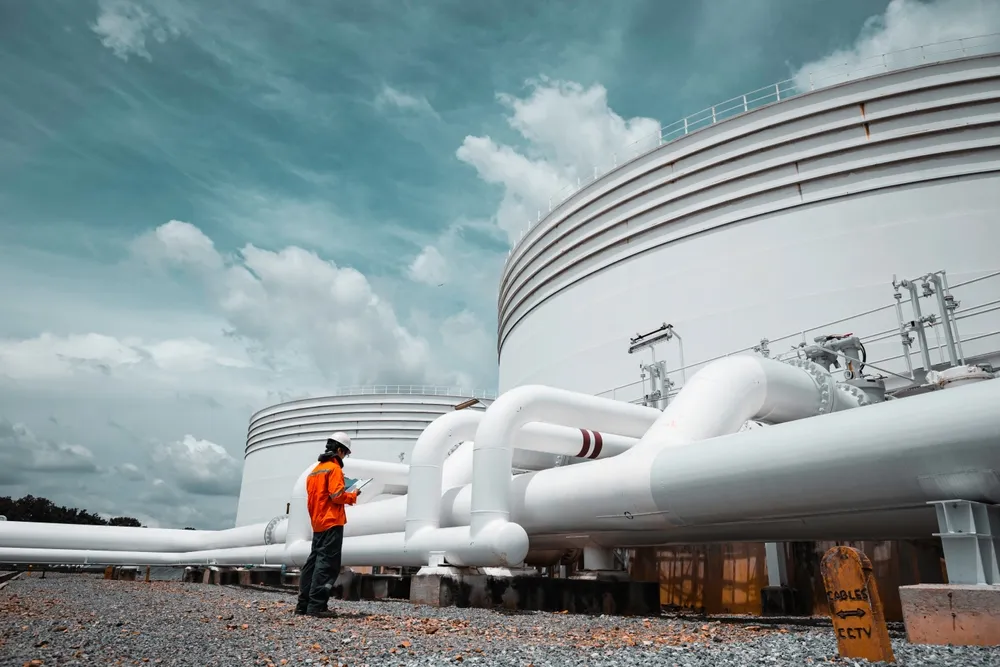Operations and Management of Oil & Gas Marine Terminals Course
Introduction:
Upon completion of this Operations and Management of Oil & Gas Marine Terminals course, participants, particularly from organizations managing marine terminals, will gain essential skills, knowledge, and tools to address various technical and safety challenges in terminal operations. These challenges include cargo transfer, custody transfer control, emergency management, and vessel berthing, all in accordance with international standards.
The course is designed to comprehensively equip participants in managing complex oil and gas facilities and operations while providing a systematic foundation in oil and gas management.
Objectives:
After finishing this Operations and Management of Oil & Gas Marine Terminals course, learners will be able to:
- Obtain a wide range of knowledge regarding the operations and management of oil and gas marine terminals.
- Recognize international regulations and requirements specific to oil and gas marine terminals.
- Apply advanced strategic planning for storage and transfer systems in oil and gas marine terminals, addressing various planning and transfer requirements.
- Understand vessel operations specific to oil and gas marine terminals, including oil tankers (crude and product) and gas carriers (LNG/LPG).
- Manage discharge and loading operations, emergency response, vessel berthing, and vessel departure.
- Implement procedures for oil spill prevention, preparedness, and response.
- Assess risks in oil and gas marine terminal projects both qualitatively and quantitatively.
Training Methodology:
- Engaging lectures
- Analytical projects
- Real-life simulations
- Discreet group work
- Actor-centered learning
- Emergency training
- Hazard analysis, prevention, and control
Course Outline:
Unit 1: Cargo Properties
- Classification of hazardous/dangerous cargo
- Toxic characteristics
- Enclosed areas and safety atmospheres
- Hydrocarbon characteristics (crude oil, LNG, LPG)
- Jet fuel properties and explosive limits
- Accidents involving vapor release and explosions
- Fire and explosion conditions
Unit 2: Storage and Transfer
- Types of storage tanks (underground, atmospheric, etc.)
- Tank inspection and cleaning
- Personnel transfer and loading systems
- Centrifugal pumps and piping mechanisms
- Volume flow rate and pressure control
- Marine filling arms and lighterage operations
- Health and safety management systems
Unit 3: Harbour and Vessels
- Mooring and port infrastructure (jetties, quay walls, SBM)
- Jetty design and construction
- Cargo compatibility and testing
- Tank washing, slops, dirty ballast disposal
- Bunkering procedures
- Communications and emergency response management
Unit 4: Safety and Risk
- Ignition sources and electrostatic charge
- Zoning and intrinsic safety
- Fire detection and protection
- Firefighting techniques and onboard fire management
- Risk analysis and management
- Qualitative and quantitative risk evaluation
Unit 5: Terminal Management
- Storage and transfer optimization
- Bulk berthing requirements
- Outport cargo transfer coordination
- Contingency planning
- Departure and shipboard security
- International oil and gas marine terminal regulations


















